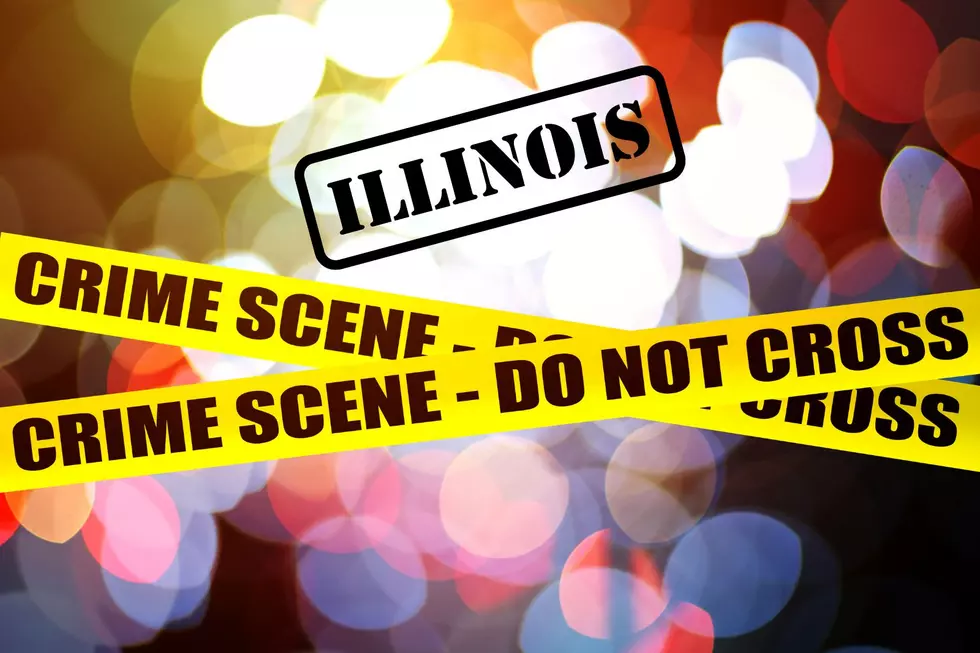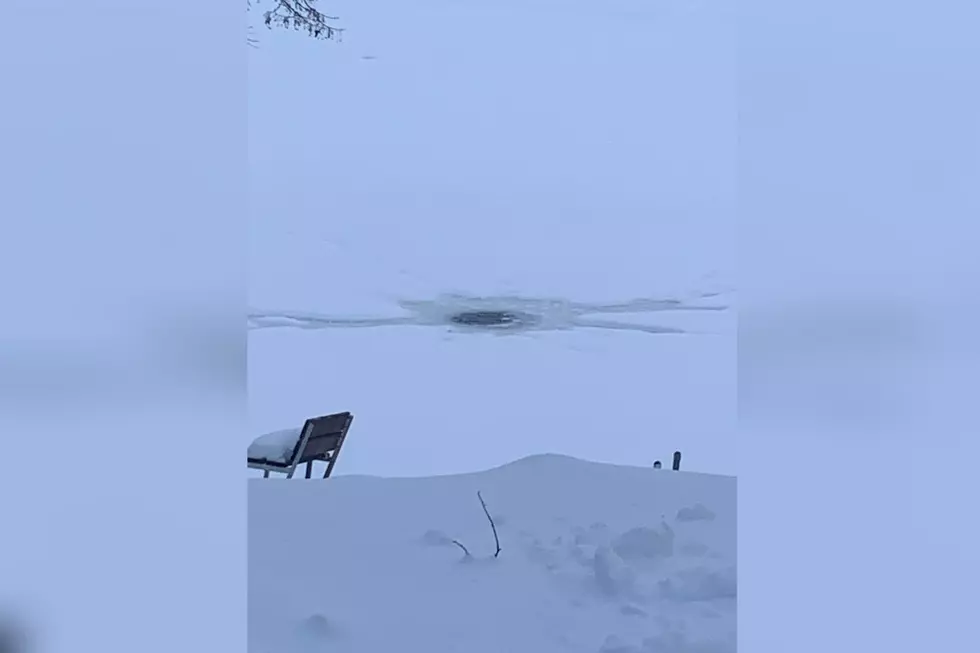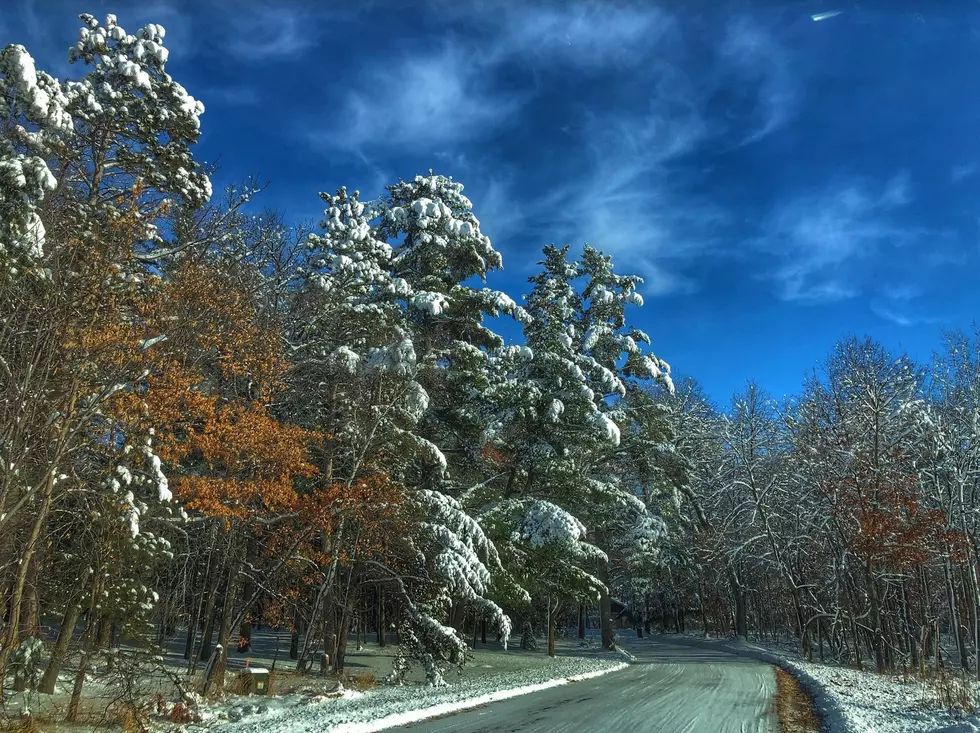
Illinois May Soon Get A Look At A Once-In-A-Lifetime Comet Fly-By
Wow, just the name of this comet alone is enough to fire up even the most apathetic sky-watchers. Who wouldn't be jazzed to get a peek at...(checks notes)...Comet C/2022 E3 (ZTF), right? Right?
Okay, so maybe the name is a total science-dork snoozer, but this comet's visit, and its history, are well worth checking out--and our chance to do it here in Northern Illinois is quickly approaching.
I Forgot To Mention That We May Not See The Comet At All If Things Don't Go Right On Thursday, January 12th (that's today, as I write this)
By "if things don't go right," I mean that there's a chance that our sun may destroy Comet C/2022 E3 (ZTF) today when the comet whizzes by at its closest point to the sun for an up-close-and-personal encounter.
If it survives the intense heat and pressure from the encounter without breaking up, it will then begin to head back out to the Oort Cloud on the edge of the solar system, passing by Earth along the way in early February. According to Joe Rao from Space.com and New York's Hayden Planetarium, it won't return for roughly 50,000 years.
I guess if you hear a giant boom, or see a colossal puff of smoke in the sky, you can ignore the rest of this piece in which I tell you when the best times to see Comet C/2022 E3 (ZTF) after today will be.
Let's Get To When And How To Get A Look At Comet C/2022 E3 (ZTF) Here In Illinois
Working under the assumption that the sun won't wreck 50,000 years worth of the comet's travel time by turning the comet into big chunks, from now through February 1st, the comet can be seen in the northeastern sky after midnight, progressively working its way toward the northwest each day.
The space experts out there say that the comet will get increasingly brighter before heading out of our solar system at the first part of next month, but your best bet for seeing it is to make sure you're in a dark spot away from artificial lighting.
But remember, you're not looking for a sharp star-like object, but rather something which is spreading its light out over a comparatively large area.
In fact, under a completely dark sky, free of light pollution, perhaps the best instruments for locating the comet will be your own two eyes, especially if you use averted vision.
Here's more info on what you should do to get a look:
LOOK: The states with the most UFO sightings
READ ON: Weird, wild UFO sightings from throughout history
More From KOLM - 1520 The Ticket









